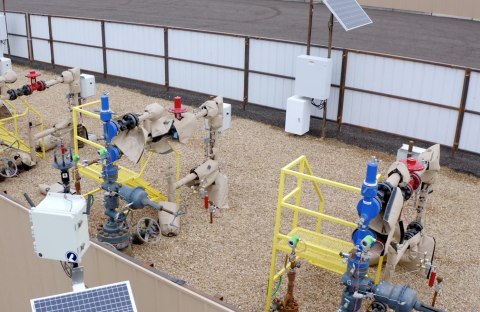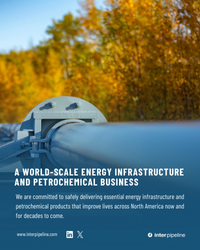The global push to slash methane emissions from natural gas-related operations — from production wells to end-users — and certify gas as being “responsibly sourced” has been accelerating and broadening. It now seems possible that within the next two or three years the majority of gas produced in the U.S. will be certified as responsibly sourced gas, or RSG, and that large numbers of gas buyers — power generators, industrials, LNG exporters and local distribution companies (LDCs) among them — will be buying RSG, or at least moving toward doing so. Further, an RSG market is developing (a handful of trading platforms have already been launched), as are tracking systems to ensure that gas sold as RSG is fully accounted for and legit, with no double-counting or fuzziness. In today’s RBN blog, we begin an in-depth look at RSG and its emergence from a relative novelty to the cusp of wide acceptance.
Even as many countries and companies around the world continue to ramp up their use of wind and solar power and explore the potential for a variety of renewable, low- or no-carbon fuels, there’s a growing acknowledgment that natural gas — imperfect though it may be from a climate perspective — is a readily available and relatively clean source of energy and that it will remain a significant part of the global energy mix for decades to come. A lot of this rethinking is tied to energy security. Russia’s February 2022 invasion of Ukraine provided a stark reminder to climate-minded Europe (and the rest of us, too) that while the shift to a lower-carbon economy is important it needs to be carefully paced — that it won’t do anyone any good to have an entirely “green” grid that produces only a fraction of the energy the world needs.
With all that in mind, there are a variety of efforts underway to make the natural gas piece of the global energy puzzle as clean as it can be. The primary focus of these efforts is on reducing as much as possible the amount of methane (CH4) — the main ingredient in natural gas — that is released into the atmosphere along its route from the production well to the end-user’s burner tip. There’s good reason for zeroing in on methane emissions. Methane is a particularly potent greenhouse gas (GHG), with 84 times the atmospheric heat-trapping effect of carbon dioxide (CO2) over the short term (five to 20 years). That means reducing methane emissions along the gas value chain has quick and very positive climate effects.
Which brings us to RSG, a topic we first discussed a couple of years ago in Better Way. As we said then, RSG is natural gas that an independent third party has certified as being produced, gathered, processed, transported and/or distributed in a way that meets higher environmental standards. (We compared RSG to an organic tomato or a shot of Grey Goose vodka — a seemingly better, premium-priced version of a commodity.)
Methane Monitoring Equipment. Source: Project Canary
Join Backstage Pass to Read Full Article











